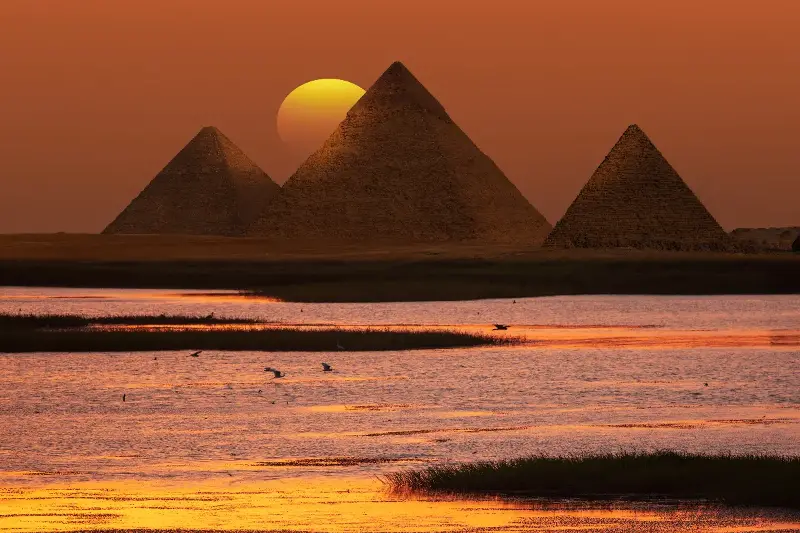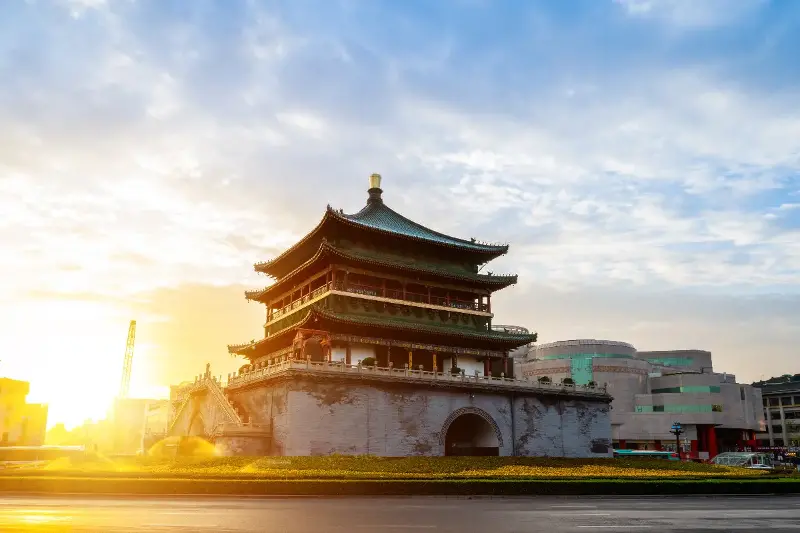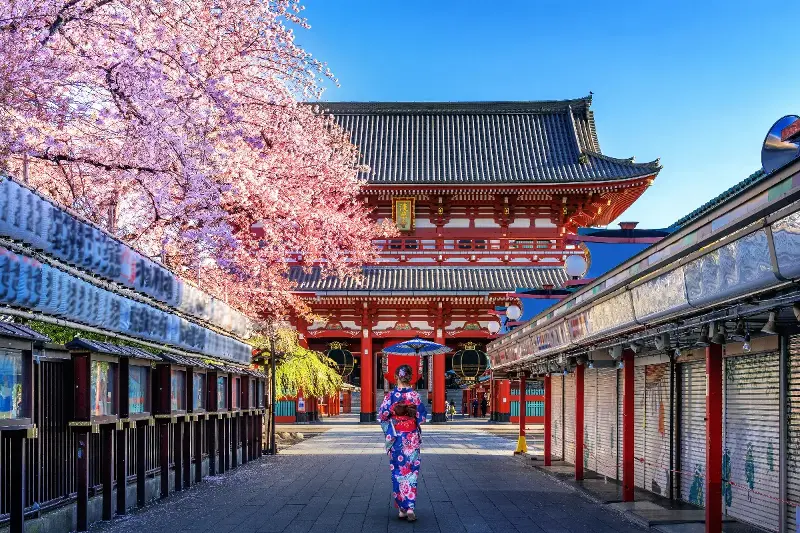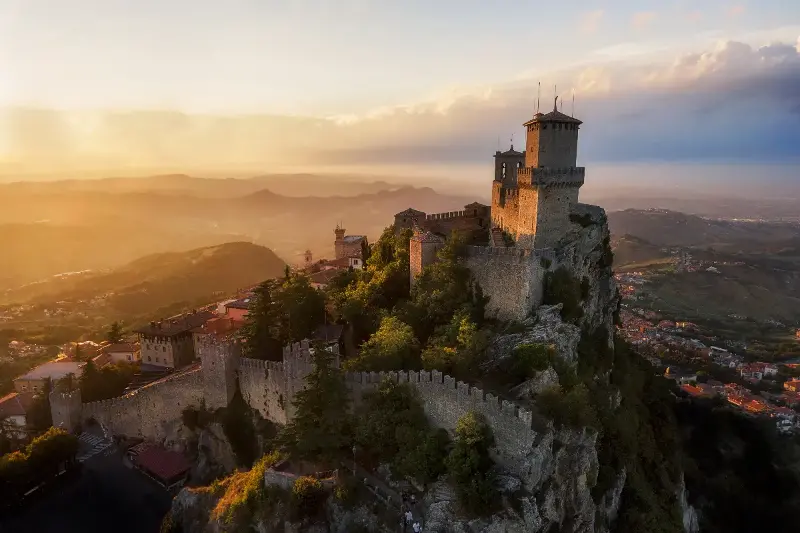Some countries in the world are more than just land and people; they are living museums, their very foundations steeped in centuries of culture, innovation, turmoil, and surprising continuity. Behind every ancient monument or tradition lies a tale of resilience and marvel. Let’s embark on a fascinating journey to uncover facts that make the world’s oldest countries truly remarkable—and still relevant in the modern age!
Ancient Roots: Civilisations that Withstood the Test of Time

Sunset over the Giza Pyramids, Egypt.
Although many nations claim ancient heritage, a handful stand out for their unbroken histories. Countries like Egypt, Iran (Persia), Greece, China, and Ethiopia are not only old; they have navigated the tides of time, surviving invasions, dynastic shifts, and sweeping cultural changes.
Egypt, often called the “Gift of the Nile”, dates back more than 5,000 years. The Pyramids of Giza, built between 2580–2560 BC, still puzzle modern engineers with their precision. But did you know that over 90% of Egyptians currently live along the narrow Nile Valley, just as their ancient ancestors did? This enduring reliance on the river for agriculture and life highlights a tradition deeply rooted in geography.
Iran, known as Persia until 1935, boasts one of the world’s oldest continuous major civilisations, emerging around 7000 BC. The Persian Empire introduced early concepts of human rights; the Cyrus Cylinder, dating to around 539 BC, is considered by some historians as the first charter of human rights. Today, Iranian culture still cherishes poetry and art, reflecting an appreciation cultivated over millennia.
Cultural Continuity: Ancient Practices In Modern Times

Stroll through Athens or Xi’an and you’ll discover layers of history still visible in daily life. Greece, the cradle of democracy and Western philosophy, has endured countless invasions but remains a beacon of cultural pride. Remarkably, the modern Greek language evolved directly from the language of philosophers like Plato and Aristotle, making it one of the world's oldest continuously spoken languages.
China’s recorded history stretches back more than 3,000 years, and today’s society expertly intertwines ancient traditions with futuristic innovation. Festivals such as Chinese New Year, dumplings, and dragon dances have origins dating back to the early dynasties, yet are still enthusiastically celebrated by tech-savvy youth. China’s Great Wall, constructed over centuries and visible from space, stands as an indelible symbol of unity and perseverance.
Unexpected Survivors: Nations Defying the Odds

Temple in Tokyo, Japan.
Ethiopia stands out as a nation that has never been colonised, save for a brief Italian occupation. Its roots can be traced back to the Kingdom of D'mt (circa 980 BC), and the country claims to hold the Ark of the Covenant in Axum. Ethiopia’s script, Ge’ez, is one of the oldest alphabets still in use for liturgical purposes.
Japan’s imperial lineage is often regarded as one of the longest continuous hereditary monarchies in the world, purportedly stretching back to 660 BC. Shinto and Buddhist traditions are seamlessly woven into modern Japanese society—cherry blossom festivals, tea ceremonies, and the reverence for nature persist across changing eras.
Surprises from the World’s Age-Old Borders

Castle in San Marino.
San Marino, a tiny enclave surrounded by Italy, claims to be the world’s oldest republic, founded in AD 301. Despite its small size, it has outlasted empires, demonstrating that longevity is not always a matter of might, but sometimes of shrewd diplomacy and strong community bonds.
Armenia often flies under the radar as one of the oldest countries, with Yerevan’s founding dating back to 782 BC—older than Rome! Armenia was also the first nation to adopt Christianity as a state religion in AD 301, a fact reflected in its distinctive ancient churches still standing today.
Living Legacies: Why These Ancients Still Matter
These countries tell us that survival across millennia is not simply about retaining borders, but about adapting culture, language, and values amid sweeping change. Their stories of resilience, ingenuity, and communal identity are woven into all aspects of life today—from the foods enjoyed at family tables to global philosophies on governance and human rights.
When you next marvel at an ancient monument or participate in a festival, remember: you are engaging with a living narrative that stretches back thousands of years. The world’s oldest countries are more than relics—they are vibrant, evolving stories that continue to enrich our global society.
